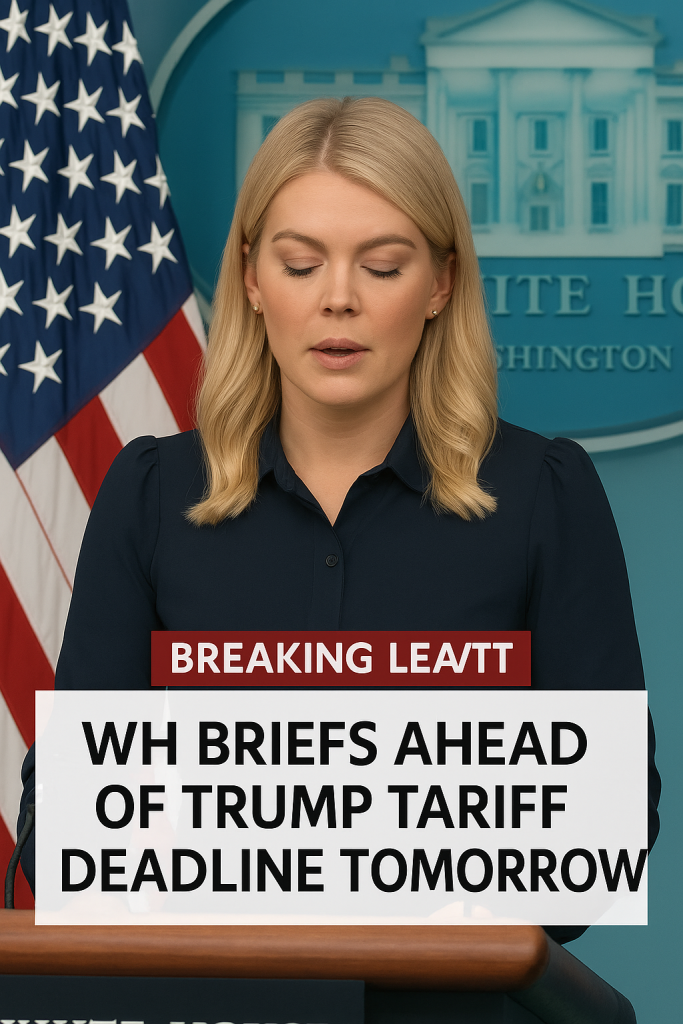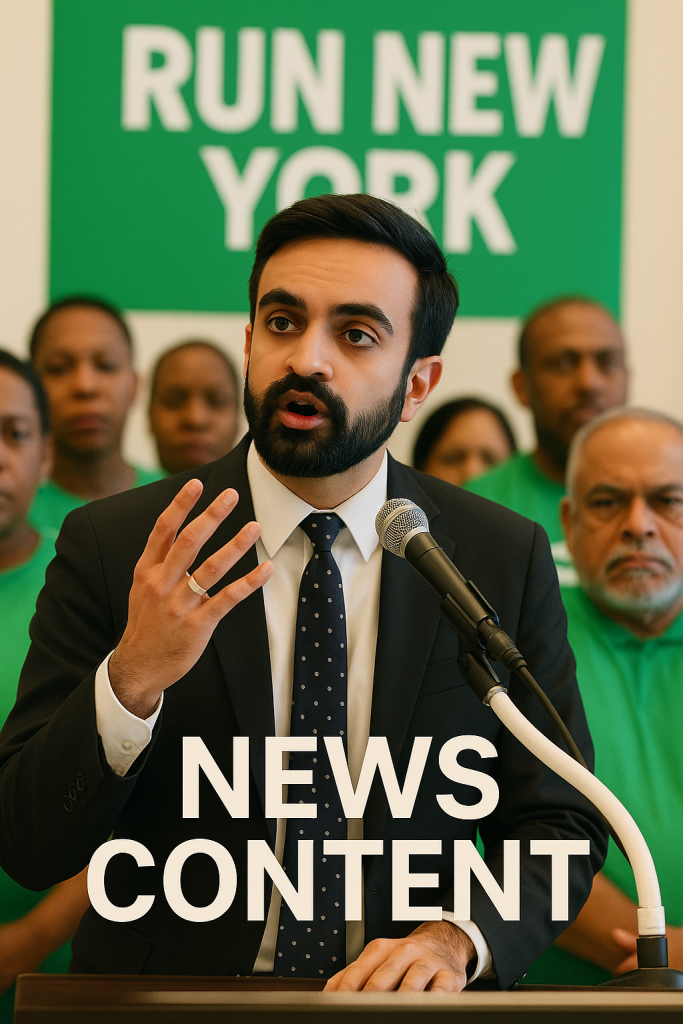The White House has recently highlighted the pivotal role of President Donald Trump’s “America First” policies in fostering economic growth and promoting fiscal responsibility through what it calls “right-sizing government spending.” In a series of official statements and briefings, senior administration officials have emphasized how these policies laid the groundwork for sustained economic expansion by prioritizing American industries, reducing regulatory burdens, and recalibrating federal expenditures.
The “America First” agenda, which became the hallmark of the Trump administration from 2017 to 2021, focused on rejuvenating the domestic economy by encouraging manufacturing, renegotiating trade agreements, and tightening immigration controls to protect American workers. According to White House representatives, these measures helped stimulate job creation, increase wages, and improve overall economic resilience during turbulent global conditions.
In addition to economic growth, the White House has drawn significant attention to the concept of “right-sizing” government spending—a phrase used to describe efforts to streamline federal budgets by cutting wasteful expenditures, eliminating redundant programs, and promoting a more efficient allocation of taxpayer dollars. Officials argue that this approach has been integral in maintaining fiscal discipline without compromising critical public services.
Recent analyses cited by White House spokespersons indicate that targeted spending reforms coupled with the economic stimulus generated by “America First” initiatives have collectively contributed to reducing the national deficit trend observed in prior years. By reining in excessive spending and focusing on strategic investments, the administration contends that it has set a precedent for sustainable governance models aimed at long-term prosperity.
Moreover, the White House emphasizes that these policy achievements have broader geopolitical implications. The “America First” framework strengthened the nation’s bargaining position in international trade and fostered a more self-reliant economic posture, which activists within the administration believe has shielded the U.S. economy from external shocks experienced by global markets.
Critics, however, have debated the effectiveness and inclusiveness of these policies, often raising concerns about their impacts on international alliances and marginalized communities. Despite these disputes, the current White House messaging uniformly praises the foundational role of Trump’s economic and spending strategies in setting an agenda that future administrations can build upon.
Looking ahead to the continuing economic outlook in 2024, the administration remains steadfast in promoting its commitment to sustaining economic momentum and disciplined spending. White House officials indicate ongoing measures will focus on enhancing competitiveness, supporting workforce development, and refining budget priorities to maintain economic vitality.
In summary, the White House has positioned President Trump’s “America First” policies as a defining component of recent economic growth and fiscal reform efforts. Through a combination of protectionist trade strategies, deregulation, and budgetary realignments, these policies are credited with reigniting domestic economic strength and instituting government spending practices aimed at long-term sustainability.



